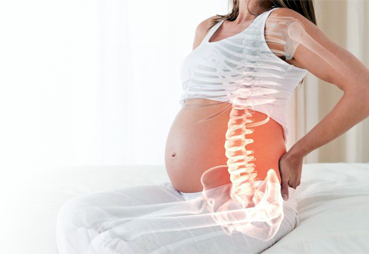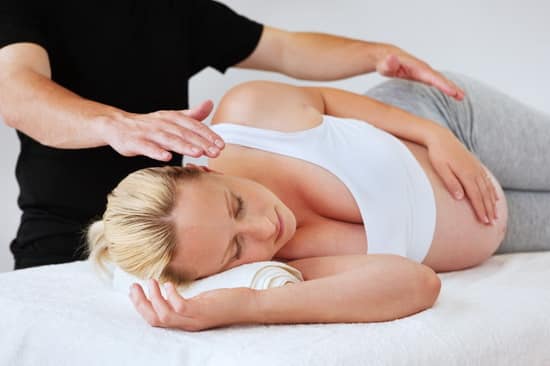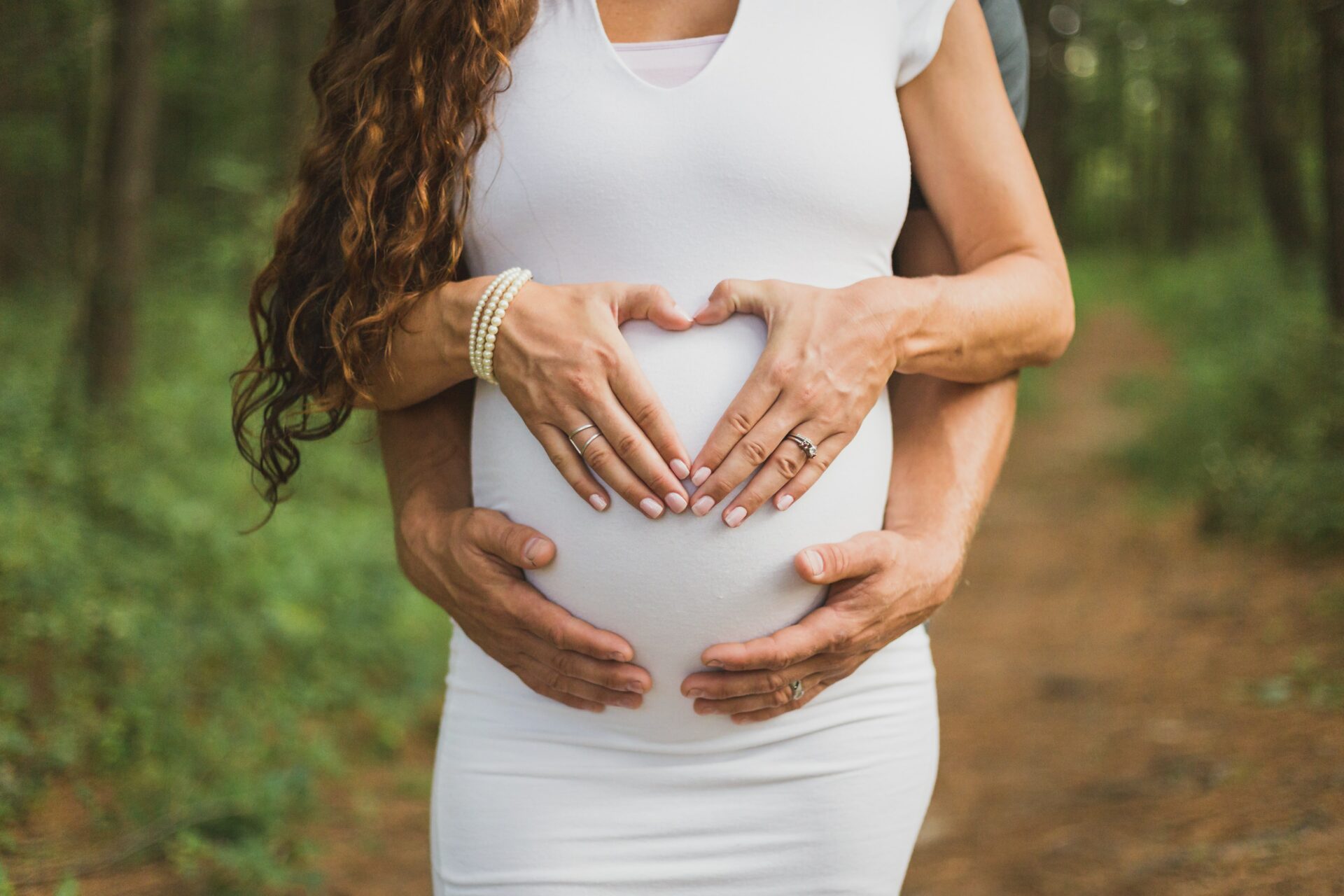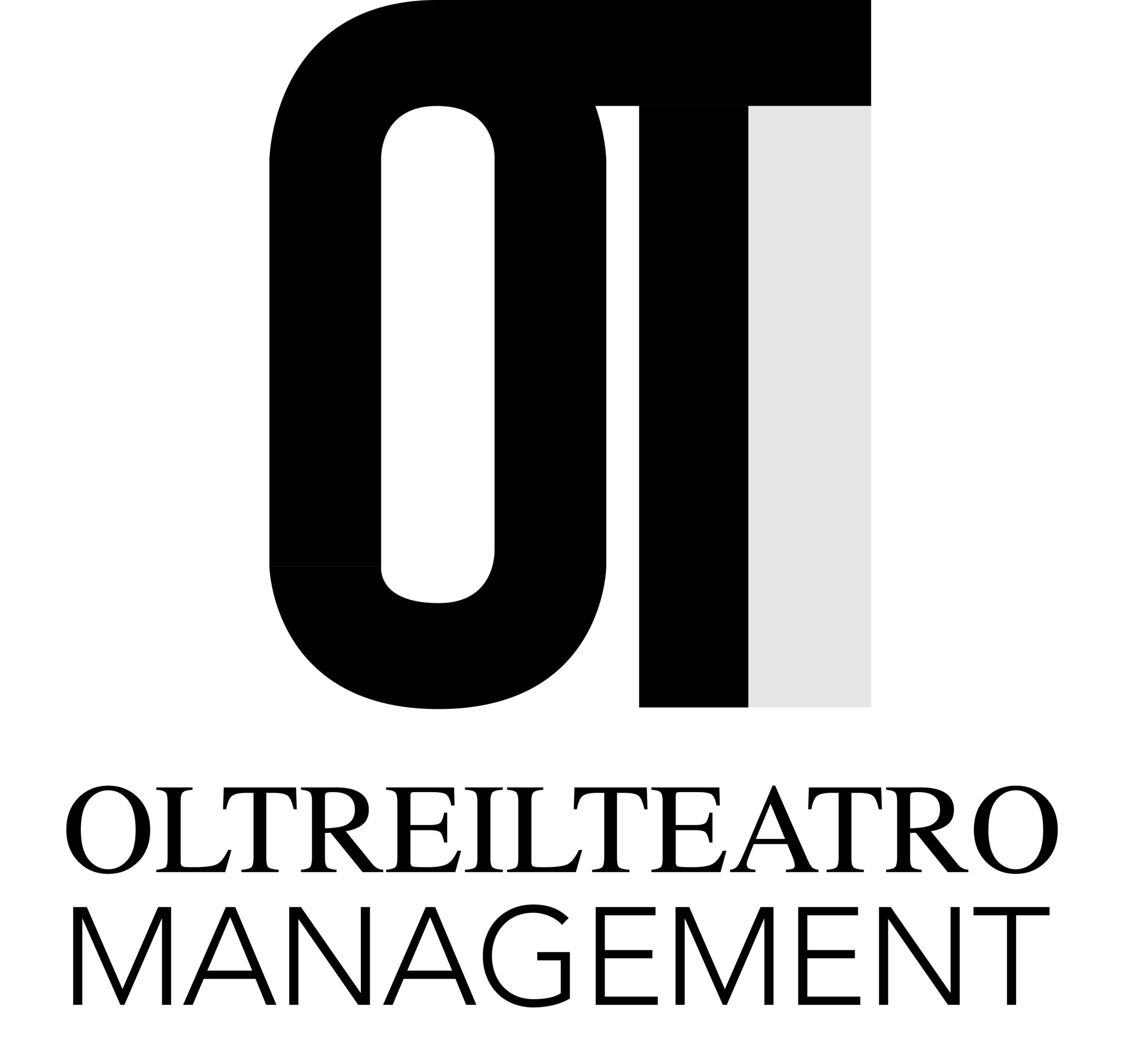Dmitry Ogarko
Pregnancy is one of the most important periods in every woman’s life. The success of this period affects how the delivery goes and the health of the future child. During this time, a woman faces several problems: due to physiological changes in the body, pain may arise, and her usual lifestyle may change. Moreover, health issues cannot be ignored or resolved with “traditional” pharmacological medications. However, there are safe treatment methods that can help women take care of their health during childbirth.
What changes occur in the body of a future mom
During pregnancy, the central axis of the body shifts due to the increasing size of the abdomen, which moves forward, causing the shoulders to compensate by shifting backward, creating a counterbalance. Changes also occur in the lumbar-sacral region, where the pelvis tilts forward, and the angle between the sacrum and spine changes, leading to significant strain on the lower lumbar vertebrae and the sacroiliac joints. In turn, to reduce the load on the joints, the paravertebral muscles and pelvic muscles come into play.
In the last trimester of pregnancy, the hormone relaxin begins to be produced, softening the cartilage to facilitate the opening of the birth canal during delivery. Its effect also targets the cartilage tissue of the intervertebral discs, causing them to prolapse (sink).
In the case of oblique (breech) presentation of the fetus, the load on the pelvis and lower spine is distributed asymmetrically, which also leads to compensatory and muscle spastic syndromes.
Thus, the main cause of pain in pregnant women is compensatory muscle spasm and circulation disorders. However, pregnancy and childbirth are natural processes, and nature initially accounted for such loads, as well as mechanisms for their compensation.

How changes in the body affect a woman’s well-being
In the early stages of pregnancy, a woman may not experience any discomfort apart from morning sickness, as there are no reasons for overload. Problems mainly begin in the second half of pregnancy when the abdomen increases in size.
Due to the shift in the central axis of the body, pulling and aching pains may occur in the lower back, which can radiate to the groin area and intensify with prolonged standing, static loads, or lifting heavy objects. Pain may also develop in the interscapular area, and spasms in the pelvic muscles can lead to impaired venous blood flow from the lower extremities, resulting in varicose veins.
Chronic illnesses and old injuries may resurface during pregnancy. They manifest under the influence of additional stress on the body, which may, in turn, affect the process of childbirth.
For instance, issues in the sacroiliac joints and pubic symphysis can disrupt the opening of the birth canal during delivery. The pelvis needs to open from both sides, but if one of the joints is blocked, the width of the birth canal decreases, making it difficult for the baby to pass through. Every centimeter is crucial, and if the baby’s head is larger than the birth canal, this can lead to the need for a cesarean section.
How can osteopathy help pregnant women?
The health of the child is a top priority for every mother. Therefore, a pregnant woman is concerned not only about herself but also about her future baby, and the treatment methods must be safe for both.
Chemical medications cannot be taken during pregnancy, as they can be absorbed into the placenta via the bloodstream and potentially harm the child. Relieving back pain through abrupt spinal adjustments can increase the tone of the smooth muscles of the uterus and may cause premature labor.
For this reason, it is essential to seek safe treatment methods that can alleviate pain, eliminate muscle spasms, and prepare for childbirth. Osteopathy is one of the most effective and efficient methods that allows for mechanical intervention using the hands, while being completely safe.
While a woman is pregnant, we cannot address the root cause of the issue that has arisen in her body, but we can alleviate discomfort and eliminate pain. This is achieved through gentle balancing of the musculoskeletal structures using osteopathic techniques. As a result of this treatment, muscle spasms are relieved, leading to a sense of ease. Furthermore, an oblique position of the fetus can also be corrected through positional placements.
In working with pregnant women, an osteopathic physician employs very gentle techniques and avoids any unnecessary manipulations that could harm the mother or child. Additionally, osteopathy is safe at any stage of pregnancy.

Tips for Expecting Mothers
To ensure that pregnancy goes as painlessly as possible, it is essential to prepare in advance, consult with a doctor, and address any issues with your back or treat old injuries.
During pregnancy, it is important to wear a support band that can help prevent the appearance of stretch marks on the skin and provide additional support. If you experience significant discomfort in your body, consult an osteopath for relief. However, in order to feel good, it is not enough to just visit the doctor; you also need to take care of yourself independently. Avoid wearing high-heeled shoes, lifting heavy objects, and overexertion. Support yourself with exercises or prenatal yoga.
After giving birth, make sure to see a doctor. The sudden removal of the fetus is also a stressor for the body. Following delivery, the pelvis shifts backward, which can impact the lower lumbar vertebrae. I recommend undergoing a course with an osteopath 2-3 weeks after childbirth, as they will be able to balance the joints and help the body recover more quickly.
Main photo by Christin Noelle on Unsplash
Translated by Maria Zayats
Read also:
FIND FIVE DISTINCTIONS or Why Health Is Not a Patchwork Quilt

Дмитрий Огарко
Врач ортопед-травматолог Клиники остеопатии доктора Огарко, детский ортопед, вертебролог, практикующий остеопат






